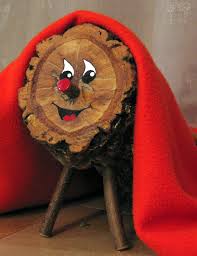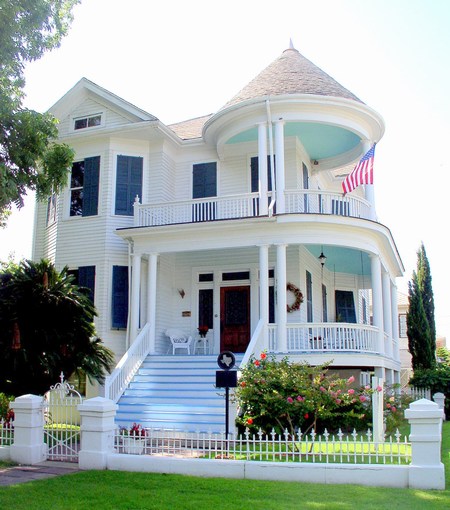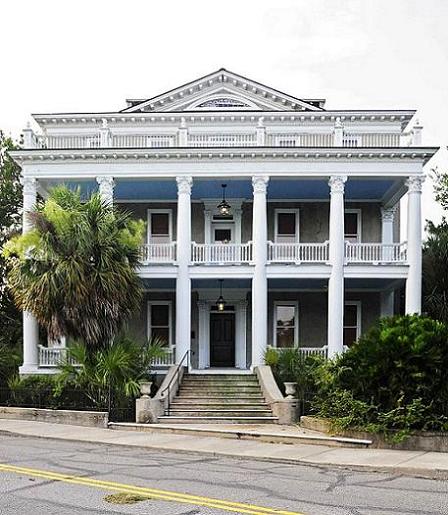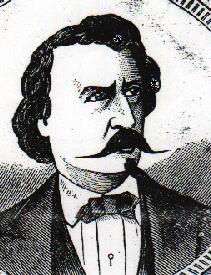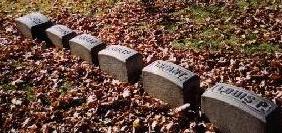Some Christmas Strangeness
on Friday, December, 26 2014 12:03:00 am , 799 words
Categories: Uncategorized , 6991 views
Over the centuries with the spread and practice of Christianity, Christmas (meaning "Christ's Mass," the celebration of the birth of Jesus) has come to be celebrated in some pretty strange ways, which have incorporated a hodgepodge of pagan, Christian, and secular themes, resulting in some really odd Christmas customs, traditions, and beliefs.
In spreading the religion, pagan practices and beliefs were often accepted by the Christian Church but with, of course, a non-pagan spin or interpretation. In doing so, natives of areas being newly converted could have their cake and eat it too by retaining old cherished customs now viewed in a new light as supportive of Christian ideals and beliefs.
Many of the customs of Christmas practiced throughout the world today had their origins among the peoples of northern Europe and in their original state had no association or symbolism at all relating to Jesus or Christianity. The word "Yule," for example, is from the Old English term Geola which was the period of December and January over which important midwinter feasts were held. Following conversion, Geola came to be a reference to the Christmastide or twelve-day feast of the Nativity. The Yule log, a feature of the Christmas celebration of several European cultures may originally have been associated with the pagan winter solstice festival and is associated also with the Christmas Tide, Christmas Eve, Christmas Day, and the Twelfth Night, as well as the English (Devon and Somerset) custom of the ashen faggot which is related likewise to the tradition of wassailing (or singing and drinking to the health of trees) during which celebrations a bundle composed of ash tree twigs and limbs is passed around before being placed on the fire. In his 1864 Book of Days, Scottish author Robert Chambers wrote that "two popular observances belonging to Christmas are more especially derived from the worship of our pagan ancestors -- the hanging up of the mistletoe and the burning of the Yule log." Traditions such as focus on trees of the Yule celebrations syncretized with the gift-giving aspect from the Roman mid-December festival of Saturnalia to give us the current nature of the celebration of Christmas.
Yet, some of the traditions which have developed over the centuries of observance of Christmastide seem peculiar and inconsistent with the current less raucous, more family-oriented focus of the season. A couple particularly odd ways of celebrating Christ's Mass are the Catalonian customs of the Caganer ("the shitter" or "the crapper") and the Tió de Nadal ("the pooping log"). The Caganer is a figurine which depicts an individual in the act of defecation. Generally, these figurines which are placed into nativity scenes, but sometimes elsewhere, depict a peasant wearing the Catalan red cap (known as the "barretina), squatted, trousers down, in the act of...well, hmm.... In Catalonia and the rest of Spain, southern France and most of Italy, models of Bethlehem (similar to nativity scenes) were popular Christmas decorations. Thus, besides the figures contained in nativity scenes, other townsfolk figurines are featured. Among these are the Caganer. A Catalan tradition is to have children try to locate the figure.
A variation of the Yule log celebration is found in the Catalonian tradition of the Tió de Nadal (meaning in English "Christmas Log"). The log is a character of Catalan mythology that brings small Christmas presents (larger gifts come from the Three Wise Men). Originally depicted as simply a dead log, in more recent times the Tió ("trunk" or "log") is featured as about a foot long (30 centimeters) having two or four stick legs and a painted, smiling face, and wearing a miniature Catalan barretina. Beginning at the December 8 Feast of the Immaculate Conception, children begin to care for the hollowed out log being sure to cover it with a small blanket and to feed it things like nuts and pieces of fruit, which mysteriously disappear when the children are not around. On Christmas Day or Christmas Eve, depending upon each family's own traditions, the family places the caga tió ("shitting log") with one end into the fireplace (not essential now that many homes lack fireplaces). The children hit the log with sticks to make it "defecate" presents while singing songs of Tió de Nadal. Before doing so, however, they must leave the room to pray, asking that the tió leave them lots of gifts. Their absence thus gives adults opportunity to place the gifts to be dropped when the log is hit as each child takes a turn to sing and hit the log. The various songs always begin with the imperative "Shit, log!"
And so now a tree set up indoors, draped in lights and tinsel, and ornamented with colorful glass or plastic balls, just doesn't really seem all that unusual after all.
Photos: (Top) Photobucket (Middle and Bottom) Wikipedia.

